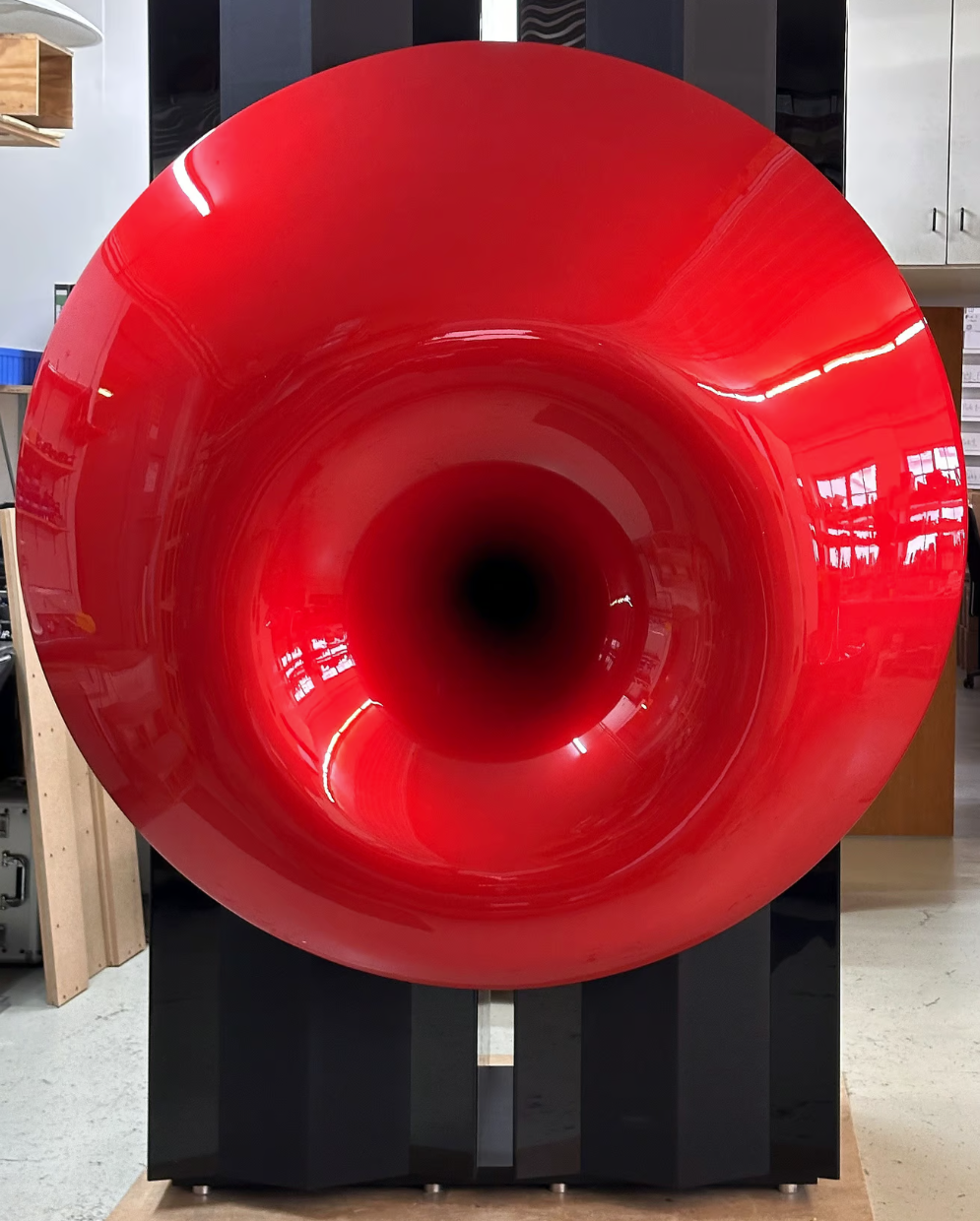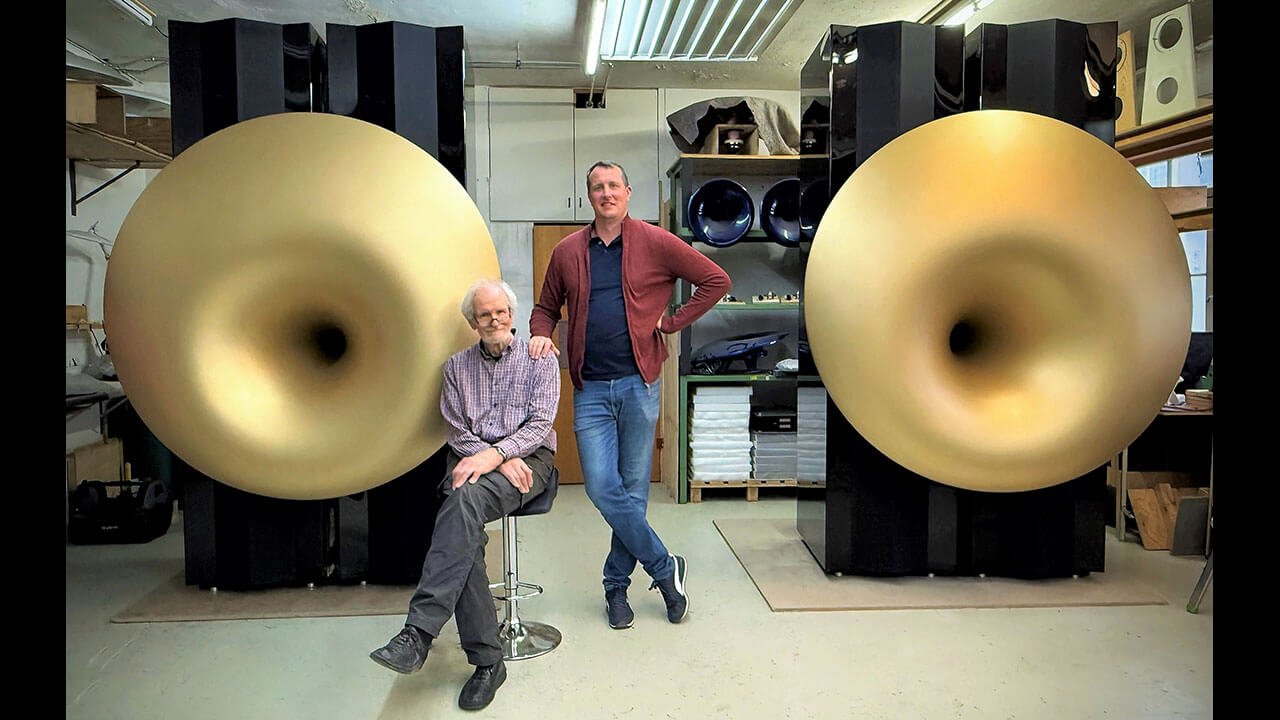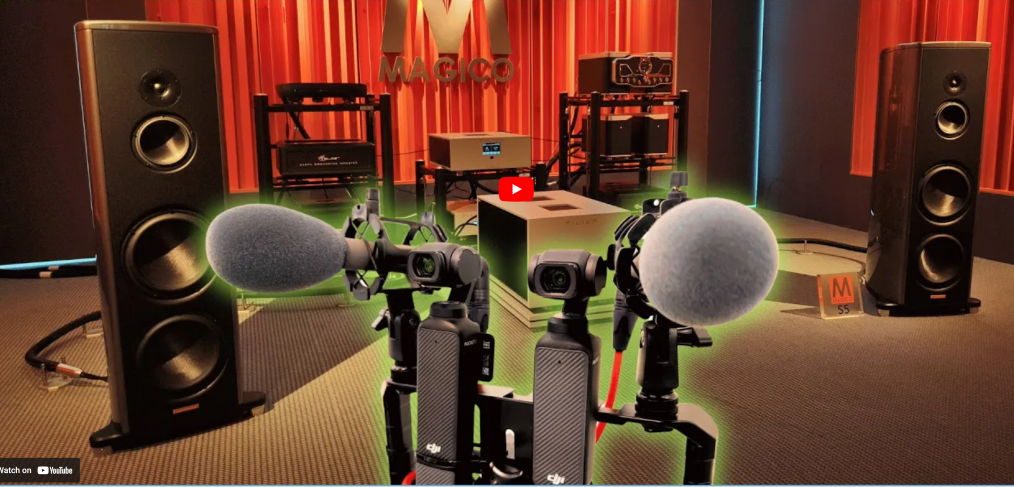When listening to classical music, I often reflect on the distant past in medieval times when people only heard this music rarely. And when they did hear it, it was heard in majestic listening spaces (e.g. churches) designed to propagate sound and overwhelm listeners with awe and majesty symbolizing the power of whatever deity was locally popular at the time.
The volume of the music. The complexity of the music. The number of harmonies and melodies in the music. All were orders of magnitude beyond what they experienced in their day-to-day life.
The rarity of the experience! (music at that time was not available on radio or a home stereo system – for those of you history-challenged).
When I listen to classical music, I often think about what it must have been like to be in the audience hearing this same music.
This is where I started thinking about how the different volumes and frequencies would have been felt to some non-zero degree by their skin. By their internal organs.
Today, when we listen to music at high volumes, for example, we can “feel” the bass. We can also feel the midrange too, if it is sufficiently loud and we are paying attention to what our bodies, not our ears, are experiencing.
If we perform this experiment as we are listening to this music – at least when I myself perform this experiment – there seem to be patterns, rhythms, that the body in-and-of-itself experiences.
Kind of like Yoga “tapping” or “slapping” but much more complex and covering large areas of our body.
Different frequencies, volumes and durations of notes form patterns on and inside me that are 1) pleasurable and 2) communicate with “mind and heart” just like the sound waves my ears are experiencing.
The final step to this thought process is to answer the question whether, in those times, with people seemingly more focused (or less distracted), did composers and conductors knowingly write and perform this music knowing that they could captivate their audience in more ways than just aurally?
My conclusion is that yes, some of them did. That they thought about how to craft the music so that is physically tickled, massaged, aroused, and/or pummeled their audience.
[Been a long time since the last post. Neli and I are doing fine. The Chinese middle-class audiophile is biting the big one now like audiophiles in many other places in the World but what ya gonna do? We keep on Rockin’.]
Image by Pete Linforth from Pixabay





